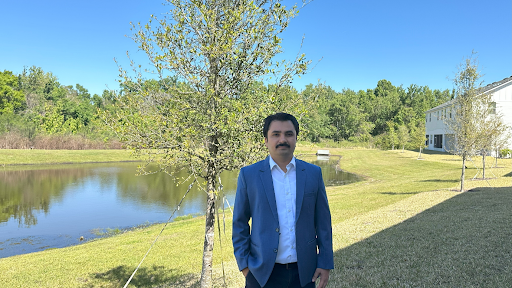
In recent years, the medical device industry has seen significant advancements, particularly in the field of minimally invasive treatments. Among the technologies leading the charge are ablation devices, which are used to treat a range of conditions, from cardiovascular diseases to tumours.
These devices work by using different types of energy, including radiofrequency, microwave, ultrasound, chemical, and cryoablation to ablate or remove unwanted tissue with precision. One key figure in this area is Somashekharayya Hiremath, a seasoned professional with over 14 years of experience in engineering, medical device innovation, research and development. His work has been instrumental in advancing ablation technologies and improving patient outcomes.
He has made remarkable contributions to the development of ablation devices, specifically in the areas of radiofrequency (RF), microwave, and chemical ablation. "As an inventor, I have contributed to multiple projects and patents, shaping energy-based ablation medical devices to improve health and extend life," he added. His journey in the field began with transforming early-stage concepts into fully developed medical devices. By focusing on customer feedback and addressing unmet clinical needs, he was able to drive innovation in energy-based medical devices.
As a Senior R&D Engineer and Engineering Lead, he has significantly improved the precision and safety of RF, microwave, and chemical ablation technologies. His work on refining catheter design and improving energy delivery systems has reduced procedure times and enhanced the overall effectiveness of treatments.
He stated, "Through Six Sigma and Lean methodologies, I have reduced product development cycles' cost and manufacturing cost significantly, improving product design, development and scalability for large-scale production." He also developed products in compliance with streamlined regulatory processes, and reduced product development timelines with advanced engineering methods, ensuring that life-saving devices could reach the market faster.
Somashekharayya has led several notable projects that have helped shape modern ablation treatments. The development of RF and microwave ablation systems was among them. They were tailored for renal denervation and cardiovascular applications. This work helped improve treatment accuracy and thermal management. Furthermore, he also assisted in the creation of next-generation ablation catheters, optimizing energy delivery to reduce tissue damage. His focus on safety and precision in the design and development process has made a lasting impact on the field, improving the efficiency of ablation procedures and leading to better patient outcomes.
By optimizing engineering processes and utilizing advanced tools like predictive modeling and in-vitro simulations, the professional was able to speed up the development and testing phases. These improvements led to a reduction in product development cycle cost and a reduction in manufacturing cost. Additionally, his contributions to improving thermal management in ablation generators have resulted in more reliable devices, with extended lifespans and better overall performance.
Of course, the journey to improving ablation technologies hasn't been a first-grade test. Designing energy-based ablation systems with consistent output and optimal treatment precision was a significant hurdle. In a field where there were no existing frameworks for optimizing energy ablation systems, he invented ablation medical devices, and methods and led a team that developed adaptive energy modulation technologies. These innovations have enhanced procedural safety and consistency.
Additionally, regulatory hurdles were another challenge. However, through the implementation of structured frameworks and comprehensive risk assessments, his team was able to streamline the medical device development process, accelerating market access for new technologies.
Moving forward, if the days ahead are foreseen, a bright future is visible for ablation therapies, particularly with the integration of Artificial Intelligence (AI) and automation. It is believed that smart ablation systems equipped with real-time lesion assessment and predictive analytics will further enhance the precision of these treatments. Moreover, miniaturization and the development of flexible devices with integrated micro-sensors will offer even more accurate energy delivery. Innovations in regulatory processes, driven by AI and real-world data, will also help streamline approvals and ensure that patients have access to safer and more efficient treatments.
So, to put it together, with ongoing research and the incorporation of new technologies, ablation therapies are set to become an integral part of minimally invasive medicine, improving the quality of life for patients worldwide.









